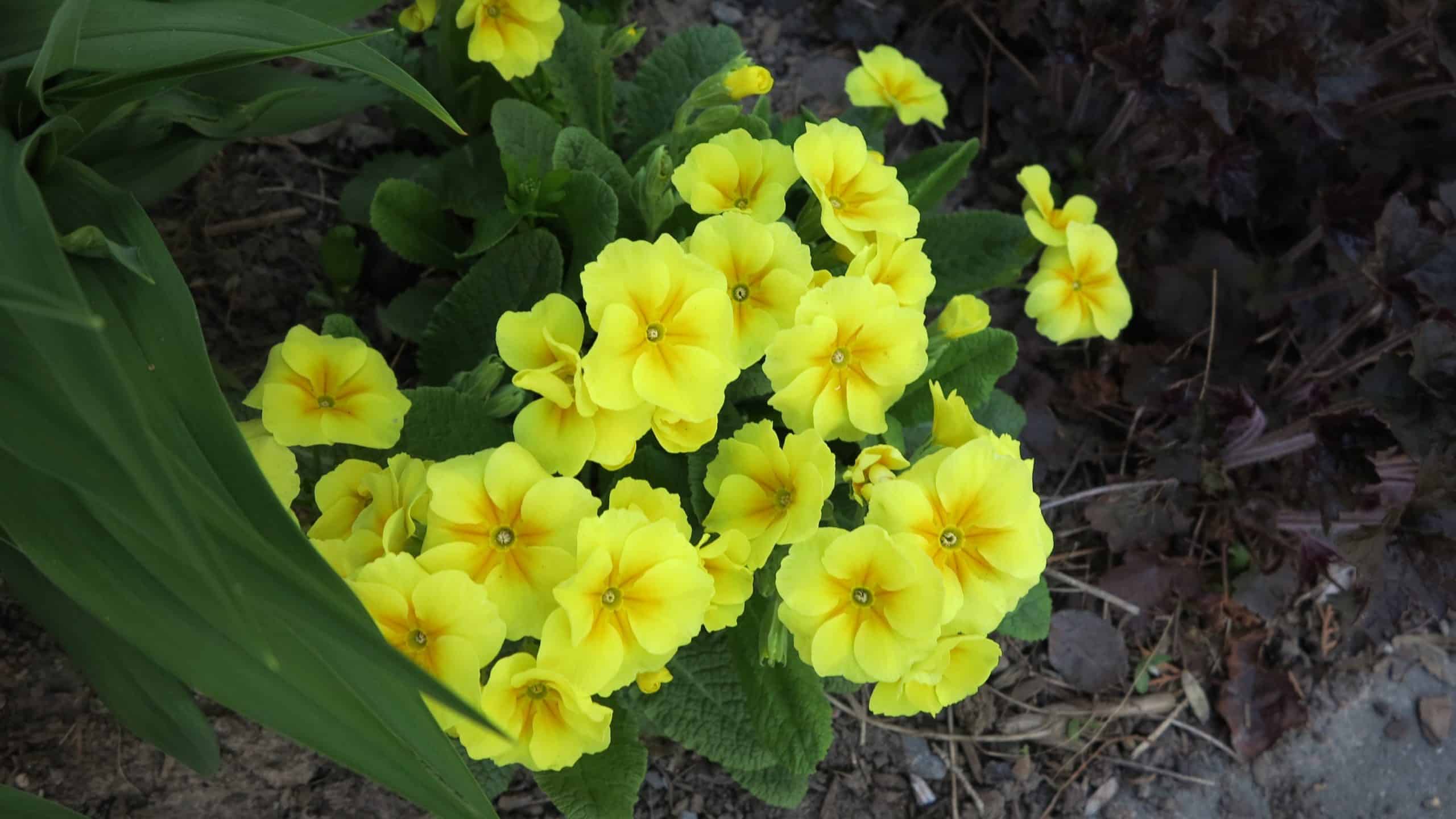During the dregs of winter, having a few small pots of flowering plants in the house is a mood brightener. Cheerful primroses (Primula vulgaris), readily available at most grocery stores and florists at this time of year, are an inexpensive treat. They may not bloom as long as other flowering plants indoors, but they can be saved and planted out in the garden later in spring, where they may carry on for a few years. “How to keep grocery store primulas happy” tells you how to prolong their life.

Starting tuberous begonias
Tuberous begonias are one of the most luscious container plants for shade with their sherbet-coloured blooms in peach, apricot, raspberry and lemony yellow. Even the plants’ foliage is striking. As is the case with most annuals, there is more to choose from if you grow your own rather than rely on the standard offerings at garden centres.
Mid-March is the time to start tuberous begonias indoors and “Growing tuberous begonias” and “Starting tuberous begonias” will help guide your efforts.
Love thy bugs
The importance of bugs — or to be more accurate, invertebrates — to every ecosystem on earth can’t be overstated. “Learning to love bugs,” an article by Danae Wolfe, in the American Gardener provides an overview of what these sometimes unloved creatures (think spiders) mean to the world’s ecosystems.
As gardeners, we know the role insects play in pollination, which is vital to food production. But without insects, we would also be overrun with organic waste. Termites, cockroaches, blow flies and carrion beetles help in the decomposition of decaying organic materials, and it’s this process that returns nutrients to the ecosystem for energy recycling.
“Scientists are sounding the alarm because recent studies indicate potentially catastrophic declines in invertebrate populations around the world,” Wolfe writes. While scientists focus on mammals and birds, which is certainly worthwhile, “it’s important not to lose sight of the little things that run the world.”
Seed storing ideas
If you have stacks of seeds slipping around on your desk (who me?), here are a few organizing and storage ideas that might be helpful.
If you have seed left over from last year and want to test to see if it’s still viable, here’s “how to test for seed viability.”

Kids’ bean project
Who doesn’t remember growing a marigold or morning glory in a paper cup in elementary school? Here’s a variation on that simple project using a few bean seeds, paper towels, a plastic sandwich bag and a few popsicle sticks. The idea is from Community Playthings, and I plan to try it with our grandchildren. It reminds me of ant farms, only this time with bean roots and shoots.









